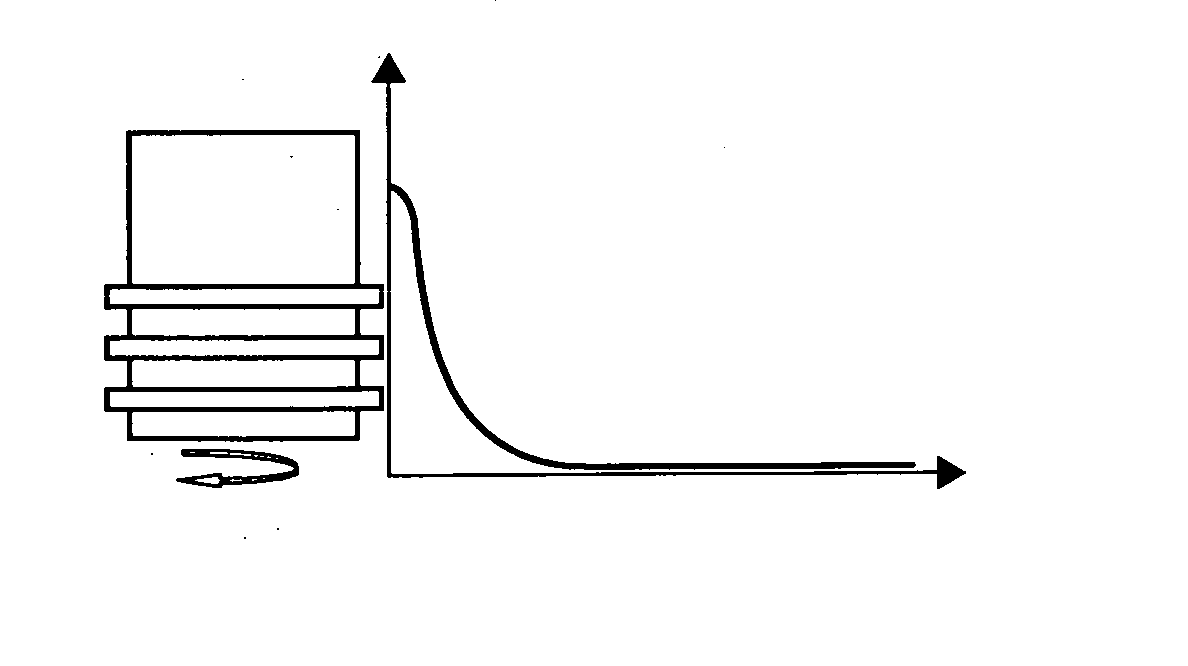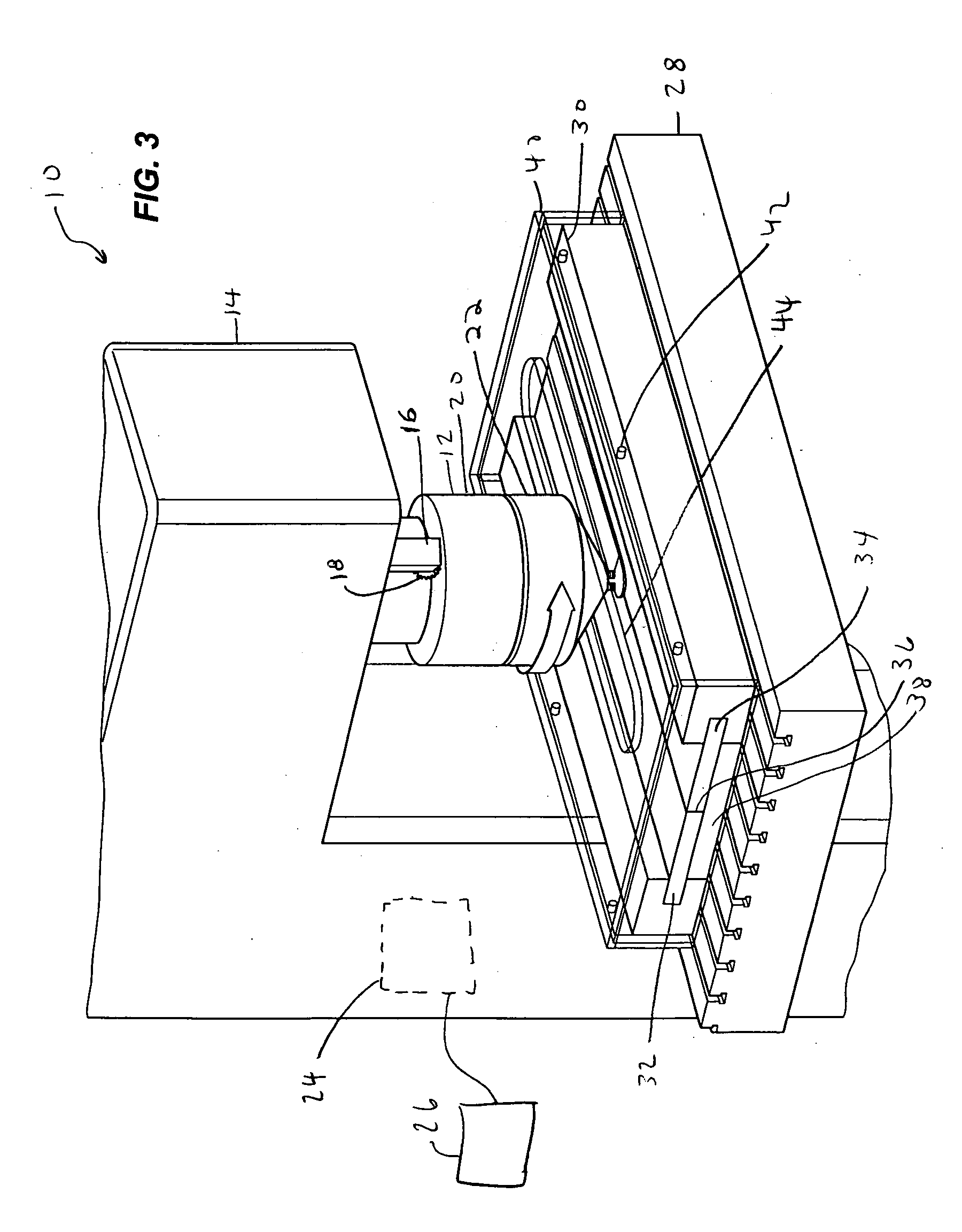Rotatable multi-pin apparatus, and process for friction driven stitch welding and structural modification of materials
a multi-pin, rotating technology, applied in the direction of soldering apparatus, manufacturing tools, welding devices, etc., can solve the problems of reducing the frictional shear resistance of the apparatus, adhesion, wear and damage of the apparatus, and accelerating the chemical reaction between the tool material and the workpi
- Summary
- Abstract
- Description
- Claims
- Application Information
AI Technical Summary
Problems solved by technology
Method used
Image
Examples
Embodiment Construction
[0029] The disclosed device is directed to a new and efficient process for solid state joining of metals that addresses the inefficiencies in present-day FSW technology. FSW has gained considerable attention in recent years in the successful welding of aluminum alloys, but concerns exist in applying FSW to higher melting point metals because of excessive heating of the apparatus, chemical reactions, wear, and simply fracture of the expensive apparatus.
[0030] The disclosed welding device focuses the high plastic shear rate near the interface region of the workpiece undergoing joining within a narrow zone by using two or multiple rotating pins, and by defining that zone by the distance between the rotating pins of the two-pin head or a multi-pin head. Instead of relying on the size of plastic zone that develops naturally by the material's own strain hardening ability, this zone is intentionally controlled to be only a millimeter or few millimeters wide by controlling the spacing betw...
PUM
| Property | Measurement | Unit |
|---|---|---|
| angle | aaaaa | aaaaa |
| angle | aaaaa | aaaaa |
| angle | aaaaa | aaaaa |
Abstract
Description
Claims
Application Information
 Login to View More
Login to View More - R&D
- Intellectual Property
- Life Sciences
- Materials
- Tech Scout
- Unparalleled Data Quality
- Higher Quality Content
- 60% Fewer Hallucinations
Browse by: Latest US Patents, China's latest patents, Technical Efficacy Thesaurus, Application Domain, Technology Topic, Popular Technical Reports.
© 2025 PatSnap. All rights reserved.Legal|Privacy policy|Modern Slavery Act Transparency Statement|Sitemap|About US| Contact US: help@patsnap.com



